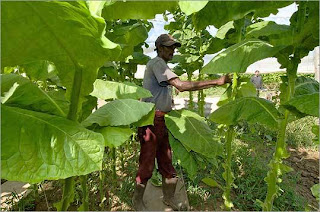
Despite the best efforts of the editors of the Oxford English Dictionary, it isn’t often that an exact date can be established for the coining of a new word (or neologism) in the English language. Such is the case, however, with the word "entheogen," which was born in 1979.
Scholars of mythology such as Carl A. P. Ruck – a Boston University professor of classics and native of Connecticut – coined the term "entheogen" to describe psychoactive plants used in a religious context to bring about an altered state of consciousness. The term first appeared in Ruck’s book, The Road To Eleusis: Unveiling The Secret of the Mysteries, and was deliberately chosen to distinguish substances used ritualistically in a religious context from the recreationally used, mind altering plants and substances implied by the terms "hallucinogenic" and "psychedelic," which have strong connections to escapist pop culture of the 1950’s and 1960’s.
Derived from two Greek words – entheos (meaning "full of god") and genesthai (meaning "to bring about") – an entheogen is a substance used in a ritualistic, religious context to bring about a connection to the divine within an individual or group of individuals. Such a substance was tobacco to the aborigines of Connecticut – the Native American Indian tribes who had once lived here in abundance.
But just like other substances such as cannabis and mescaline (which also had their origins rooted in a ritualistic, religious context) tobacco also became more popular for its recreational use than for its spiritual use. In fact, it soon evolved into a cash crop consciously cultivated for recreational use by the European settlers who supplanted the Native Americans.
"Tobacco Valley," a 61-mile stretch of land running from Portland, CT, to the Brattleboro, VT, area (see featured photo) has historically been and still remains an economic force in Connecticut.
Windsor is home to the Connecticut Valley Tobacco Museum on 135 Lang Road in the Northwest Park section of town. Endowed by money from a trust fund established by Windsor resident John E. Luddy, the Connecticut Valley Tobacco Historical Society was founded in 1988 to preserve the history and artifacts of the tobacco industry in Connecticut. The museum itself consists of two buildings: one, a replica of a tobacco barn filled with implements and machinery used over the years; the other, an exhibition center used to exhibit photographs, advertising, and documents relating to the tobacco industry in Connecticut. By viewing the exhibits and reading the accompanying literature, one can arrive at a very good understanding of the history of the tobacco industry in Connecticut.
Комментариев нет:
Отправить комментарий